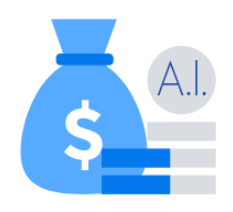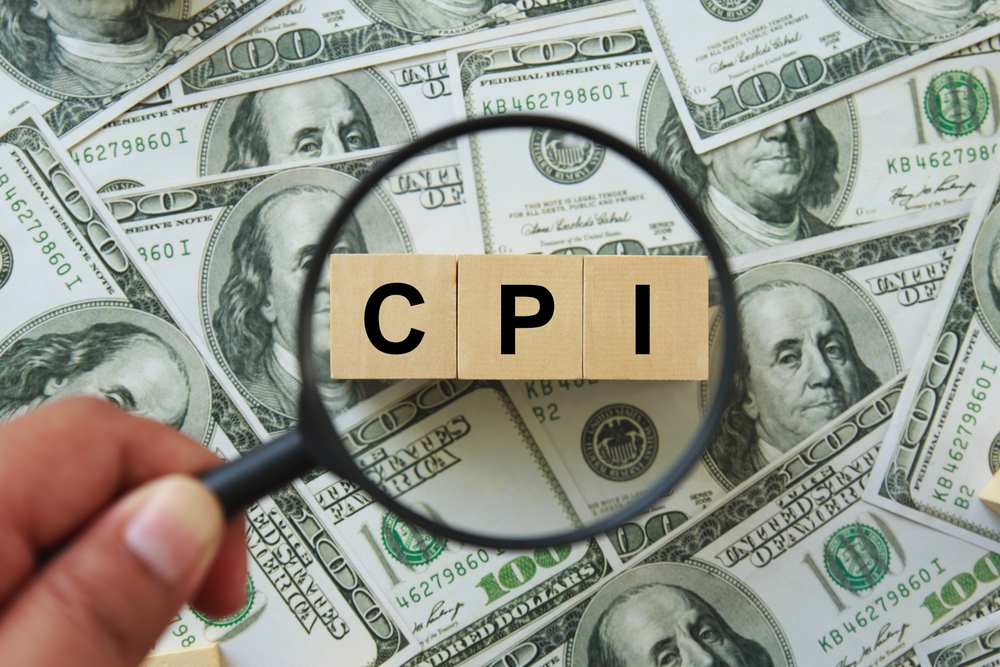Ahead of the highly anticipated Federal Open Market Committee meeting from September 17-18, the latest inflation data provided markets and investors with some good news. The August Consumer Price Index came in at 2.5% year-over-year, down from the July level of 2.9%.
The recent trend lower has been welcomed by all. However, to be successful, investors need to understand not only the backward-looking data — such as CPI and other metrics — but also forward-looking expectations. This information is an essential input for institutional investors — portfolio managers, analysts, strategists — and even central bankers.
What Are TIPS?
Trying to figure out what markets are expecting for key economic statistics can be a difficult exercise. But thanks to the advent of the U.S. Treasury Inflation-Protected Securities market, investors can readily view what future inflation expectations are at any given time.
The TIPS market was created to provide an investment that produces a real yield adjusted for future inflation. It consists of a variety of different-maturity U.S. Treasury securities that fluctuate in value as inflation rises and falls. Specifically, the principal amount is indexed to changes in CPI.
This market allows fixed-income investors to earn a real income that compensates for the negative effects of future inflation.
How Do TIPS Factor Into Inflation Expectations?
To calculate the markets-expected inflation rate, investors need to understand the composition of the yield on both TIPS and nominal, or conventional (non-TIPS), Treasury bonds.
The yield on a nominal Treasury bond consists of both a real yield plus an additional premium equal to expected inflation throughout the term of the bond. A TIPS bond compensates for inflation, so that can be thought of as the real yield. To calculate the implied inflation rate, subtract the yield on the TIPS bond from the yield on a comparable maturity nominal Treasury bond. What is left is the implied annualized inflation rate over the life of those bonds.
Let’s walk through an example. The yield on the benchmark 5-year U.S. Treasury on September 10 was 3.458%, while the yield on the benchmark 5-year U.S. TIPS was 1.541%. The difference between those percentages is 1.917%. Therefore, investors can conclude that the market is pricing in a 1.917% annualized inflation rate for the next five years.
To get a fuller picture of the inflation outlook, repeat the calculation using other maturity bonds. But how good is the market at forecasting future inflation based on TIPS?
TIPS Inflation Expectations Versus CPI
From the historical data, investors can get a picture of the changes in market inflation over time. The chart below shows the five-year, forward-looking inflation outlook beginning Dec. 31, 2000, alongside the backward-looking CPI year-over-year percentage over that same time.
Granted, the data doesn’t perfectly align because the CPI is a backward-looking, year-over-year value, while the TIPS inflation expectations are forward-looking and show the average inflation expectation over the next five years. With this in mind, it is clear from the chart that the TIPS market has some success in predicting trends in inflation and leads actual CPI.
In fact, if the TIPS inflation expectations data is shifted three months forward, the correlation between the two has an R-Squared of 71%, which is not bad for such a volatile data set. The same calculation using different TIPS maturities has different levels of correlation, with the shorter-maturity inflation expectations showing much more volatility than longer-maturity inflation expectations.
What Is The TIPS Market Indicating About The Inflation Outlook?
From this calculation, investors also can determine what the inflation outlook is like for various time horizons. The table below lists those expectations looking out over one, two, five and 10 years. The data shows that markets expect inflation to move lower in the near term and then move higher as time progresses.
This should be comforting news for the Federal Reserve. It confirms that the markets believe inflation is heading in the right direction (lower) and near-term cuts are warranted. However, it also shows that markets are still debating whether the economy is facing a soft-landing or hard-landing scenario.
Under a soft-landing scenario, the Fed is successful in taming inflation to its target of 2% without causing a significant decline in growth. Under a hard-landing scenario, growth will decline much faster and drive inflation below the Fed’s 2% target.
The Bottom Line: The Time For Interest Rate Cuts Is Here
As expected, the market is looking for a decline in inflation over the next two years from the current level, which would also be expected under both scenarios. The longer-term, five-year expectation is now below the Fed’s long-term inflation target of 2% and at its lowest level in almost four years. While this is currently not too much of a concern—being an average over time and not that far below 2%—it is, however, worth watching for signs of further deterioration.
Should the longer-term numbers move much lower than 2% along with a further decline in near-term expectations, that would suggest a hard landing may be in the near future. The good news is the recent decline in inflation expectations is consistent with the expected cuts in the fed funds rate. Once again, all eyes are on the Fed as mass expectations are for the start of a rate-cutting cycle next week at the September FOMC meeting.







